Cas cliniques

Dr David
NORRÉ
Overijse - Belgique

Mr Jan
DONCK
Codenta dental lab
Use of Axiom® TL (Tissue Level) implant in a case of “Full Arch” extraction, implantation in immediate use.
A 58-year-old patient, a former smoker who had to stop smoking due to heart disease. He was diagnosed with bimaxillary chronic periodontitis. The patient would like to have permanent teeth. Following periodontal treatment and follow-up, all teeth are extracted and immediate implantation of 8 implants in the maxilla and 6 Axiom® TL (Tissue Level) implants in the mandible is planned in two stages, to allow for proprioception. The maxillary will be treated first. A temporary bridge will be placed, then the lower teeth will be extracted and the implants placed immediately.


Conclusion
The use of Axiom® TL (Tissue Level) implants is advantageous for patients with very aggressive periodontal micro flora. Working with Axiom® TL (Tissue Level) implants offers two main advantages: they don’t need any prosthetic manipulation and the epithelial attachment is not damaged. Additionally, thanks to the integrated locks in the prosthesis, screw loss is impossible and the inLink® connection offers the opportunity to angulate the screw channels.






















